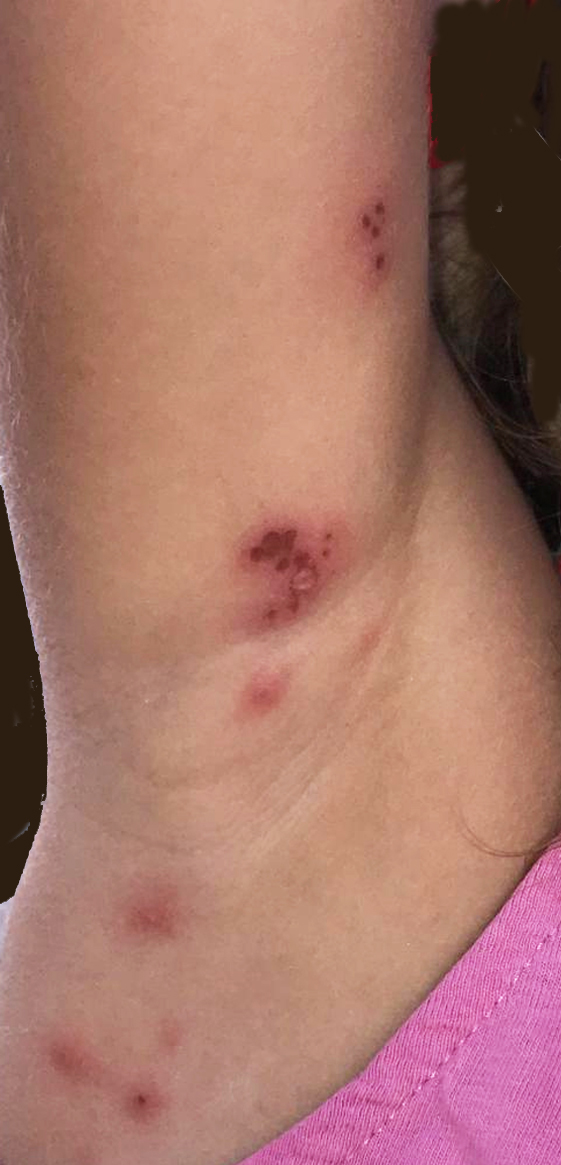Herpes simplex: Zosteriform primary infection.

Downloads
DOI:
https://doi.org/10.26326/2281-9649.30.4.2181How to Cite
Abstract
Only laboratory investigations (PCR and IgM antibody assay) supported by anamnestic data make it possible to distinguish Herpes zoster from HSV zosteriform primary infection. In fact, in children the symptoms are scarce or absent in both infections, in both there may be fever and satellite adenopathy, and their skin lesions are superimposable. The distinction between the two diseases is practically useful in order to provide epidemiological suggestions and to predict possible recurrences. The zosteriform distribution in HSV infection is due to its neurotropism (2): its comings and goings between the skin and nerve ganglia is linked to its ability to reproduce in Schwann cells and to propagate through these cells to the neurons of the sensory ganglia. It has been shown that the zosteriform lesions observed in primary HSV infection occur during the path of the virus from the nerve ganglion to the epidermis (1).
